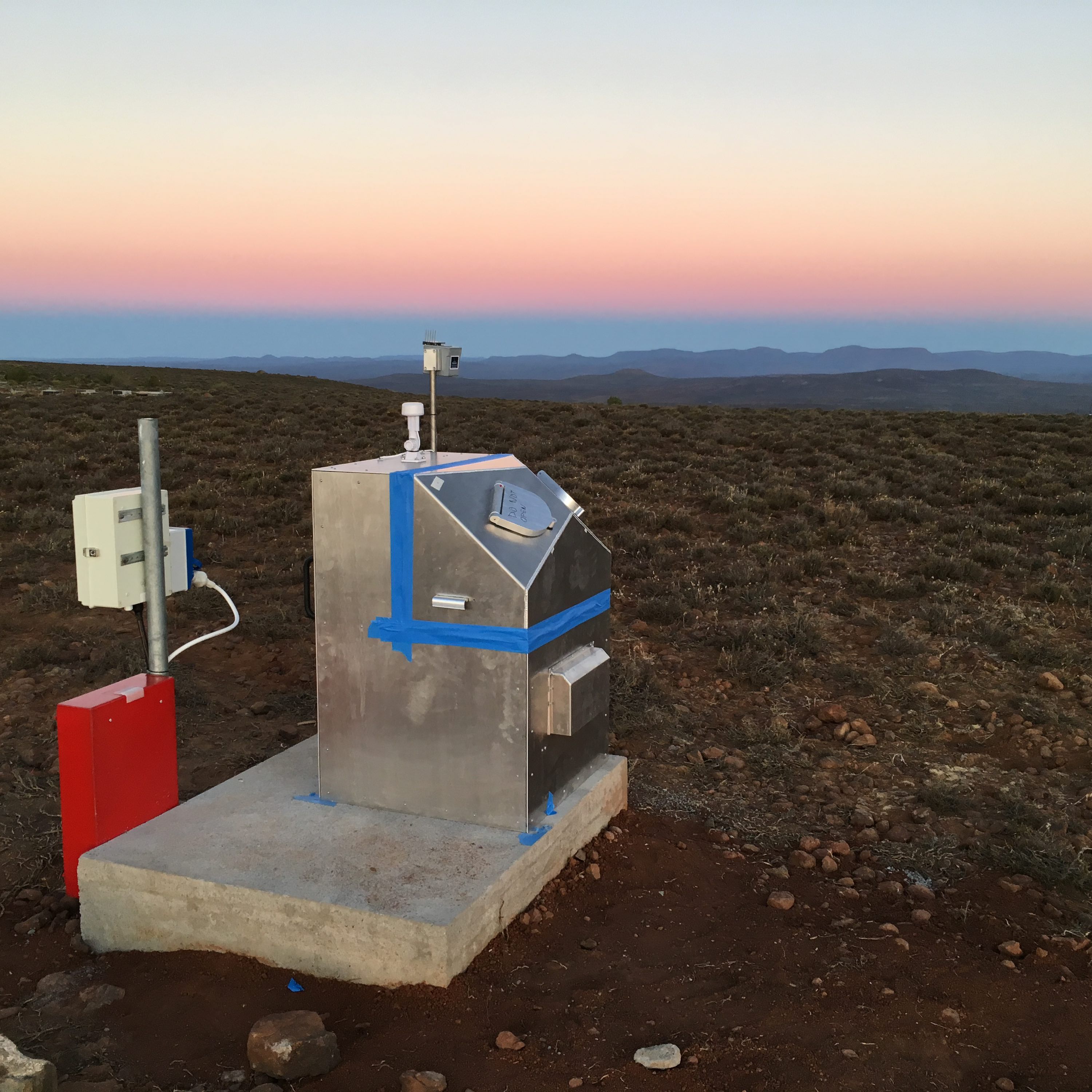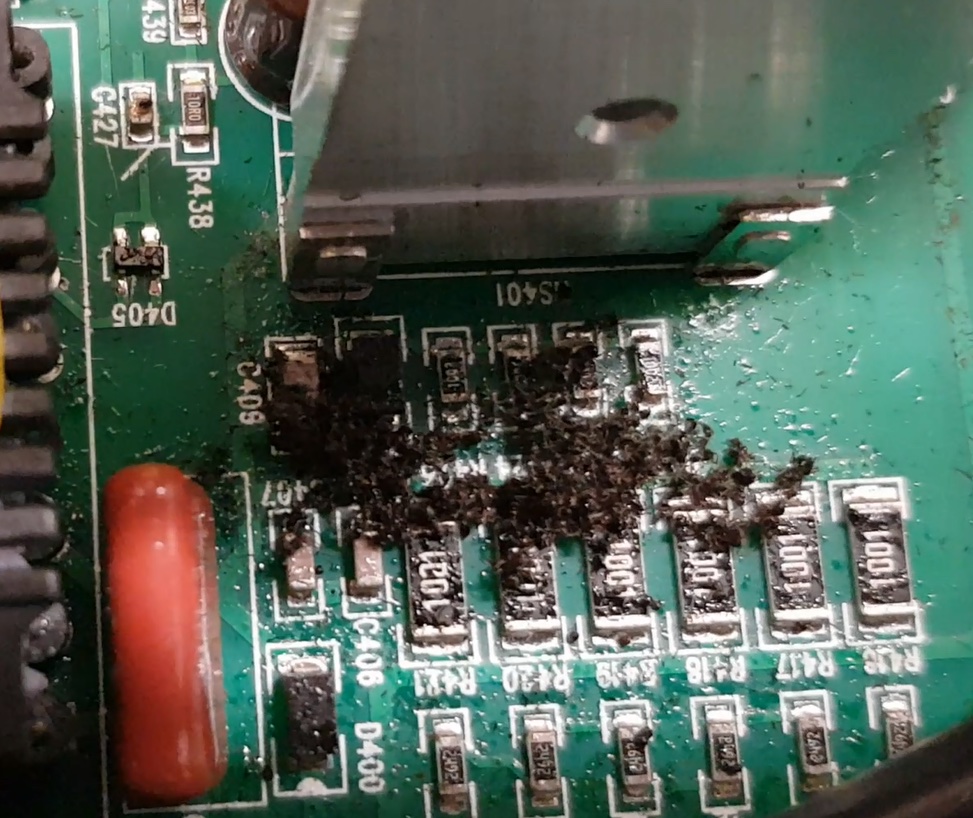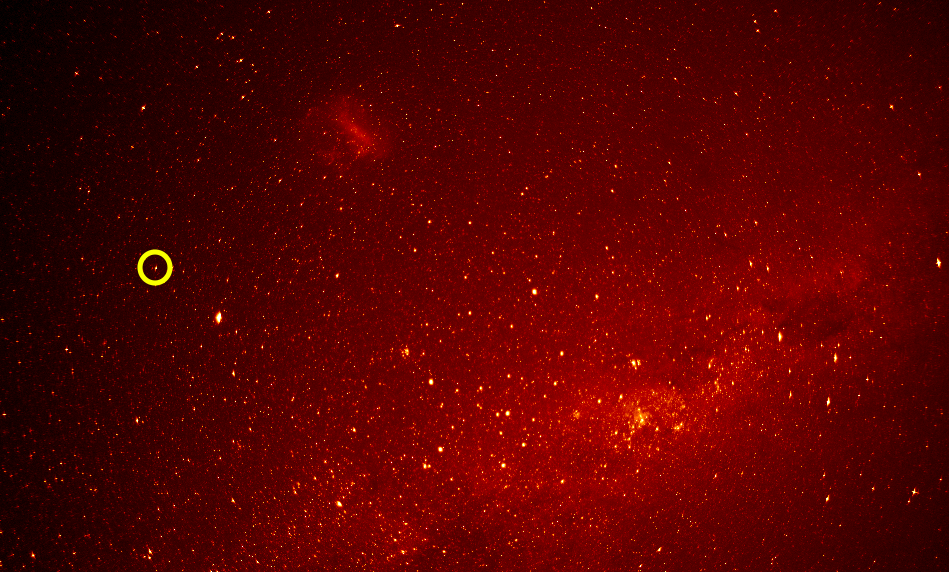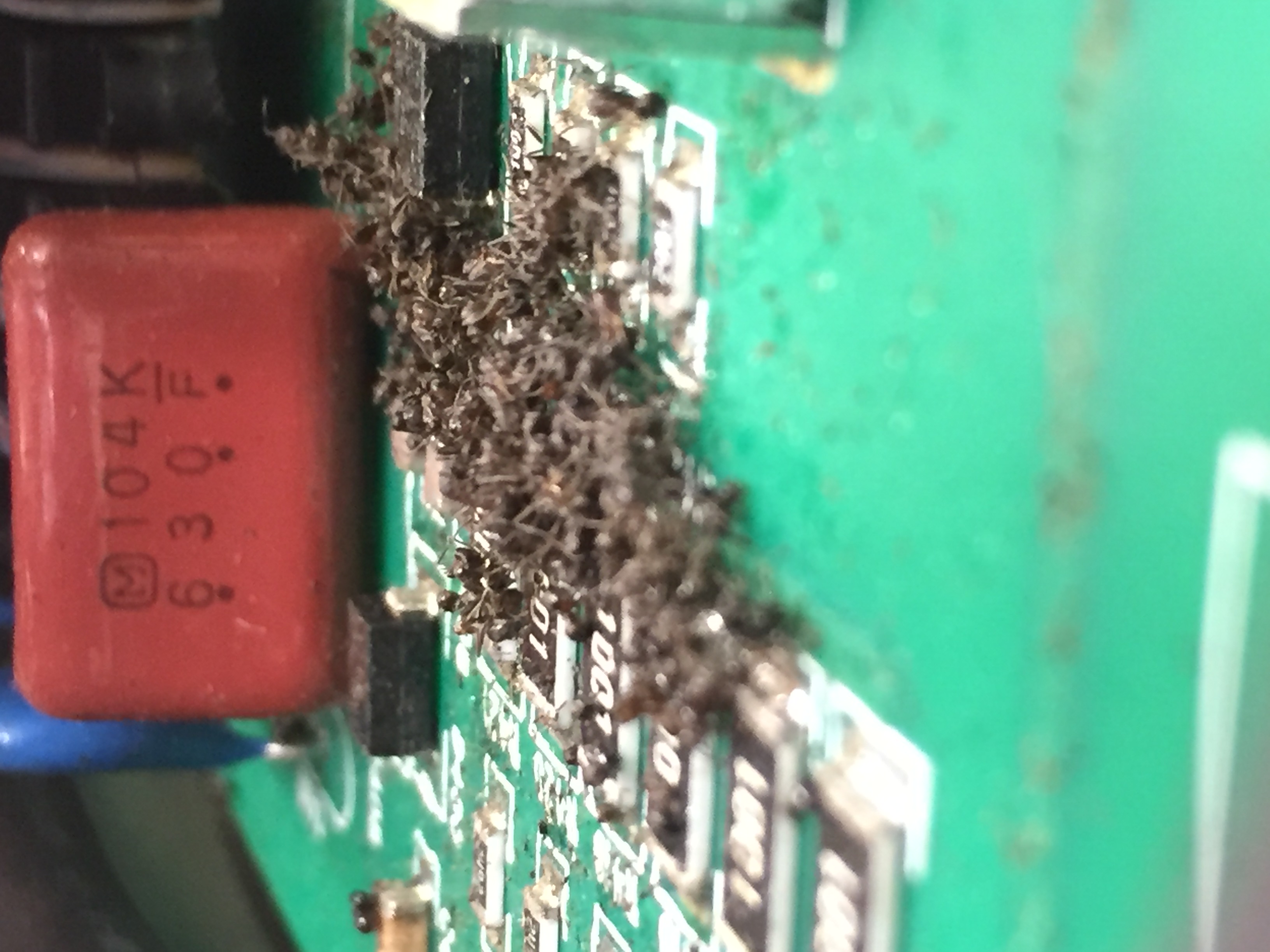bRing
The Beta Pictoris b ring project
Looking at one star continuously for almost two years
In 2017 and the start of 2018, the circumplanetary environment of the gas giant exoplanet Beta Pictoris b crossed in front of the bright young star Beta Pictoris, a naked eye 4th magnitude star in the Southern skies. We wanted to see if any circumplanetary material crossed in front of the star over this 300 day period, and so I started the bRing project.


The Beta Pictoris b ring (bRing) project are two small robotic observatories in South Africa and Australia (Stuik et al., 2017), each one consists of two telephoto lenses with support computers so that we can continuously monitor the path of Beta Pictoris across the Southern skies. The design builds on the heritage gained in Leiden from the MASCARA all sky survey camera units. To get longitudinal coverage, two separate bRing cameras were built (one by Leiden Observatory for South Africa and one by University of Rochester for Australia) and the data is combined with MASCARA South to provide redundant photometric coverage. The photometric precision is 0.5% with 5 minutes of data.

The project successfully monitored the Hill sphere transit of Beta Pictoris b and we placed an upper limit to the amount of dust and an absence of rings (Kenworthy et al., 2021).
Several other papers have been produced from the observatories, including the discovery of a transiting exoplanet (Dorval et al., 2020), a variable star catalog (Mellon et al., 2019).
The South African observatory survived a huge hail storm that took out several other observatories, and the Australian observatory had the power supplies shorted out by ants(!)


